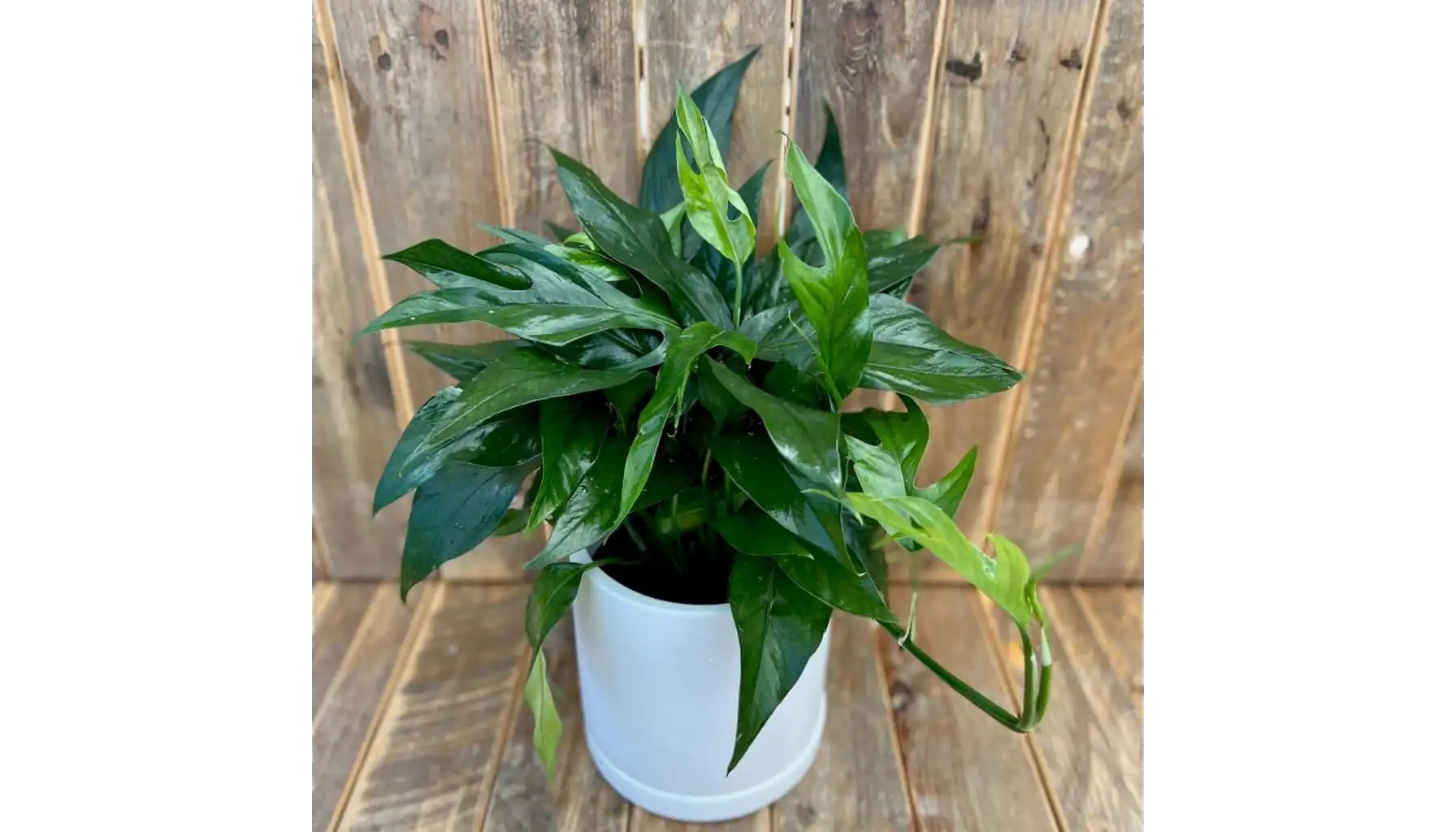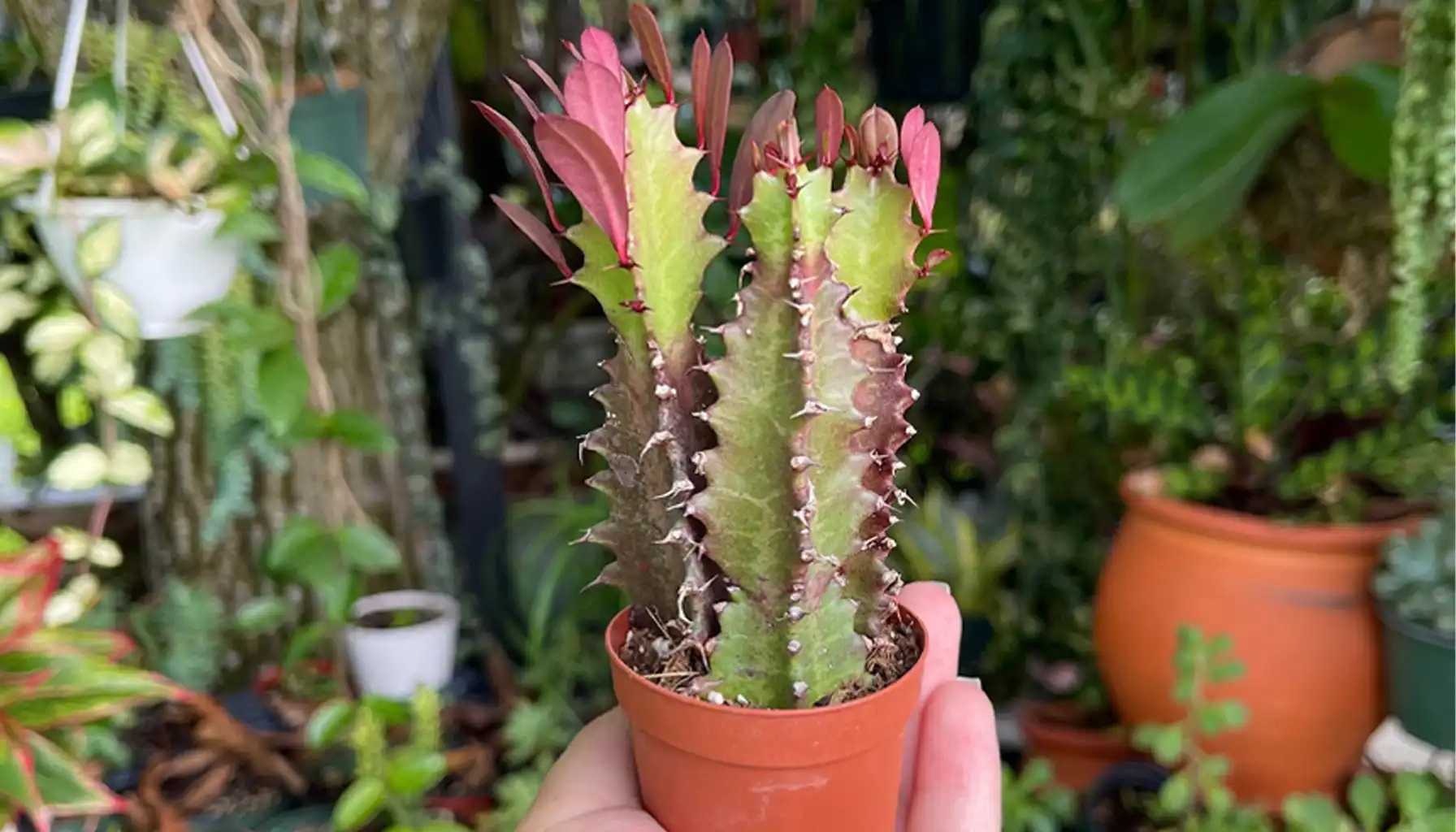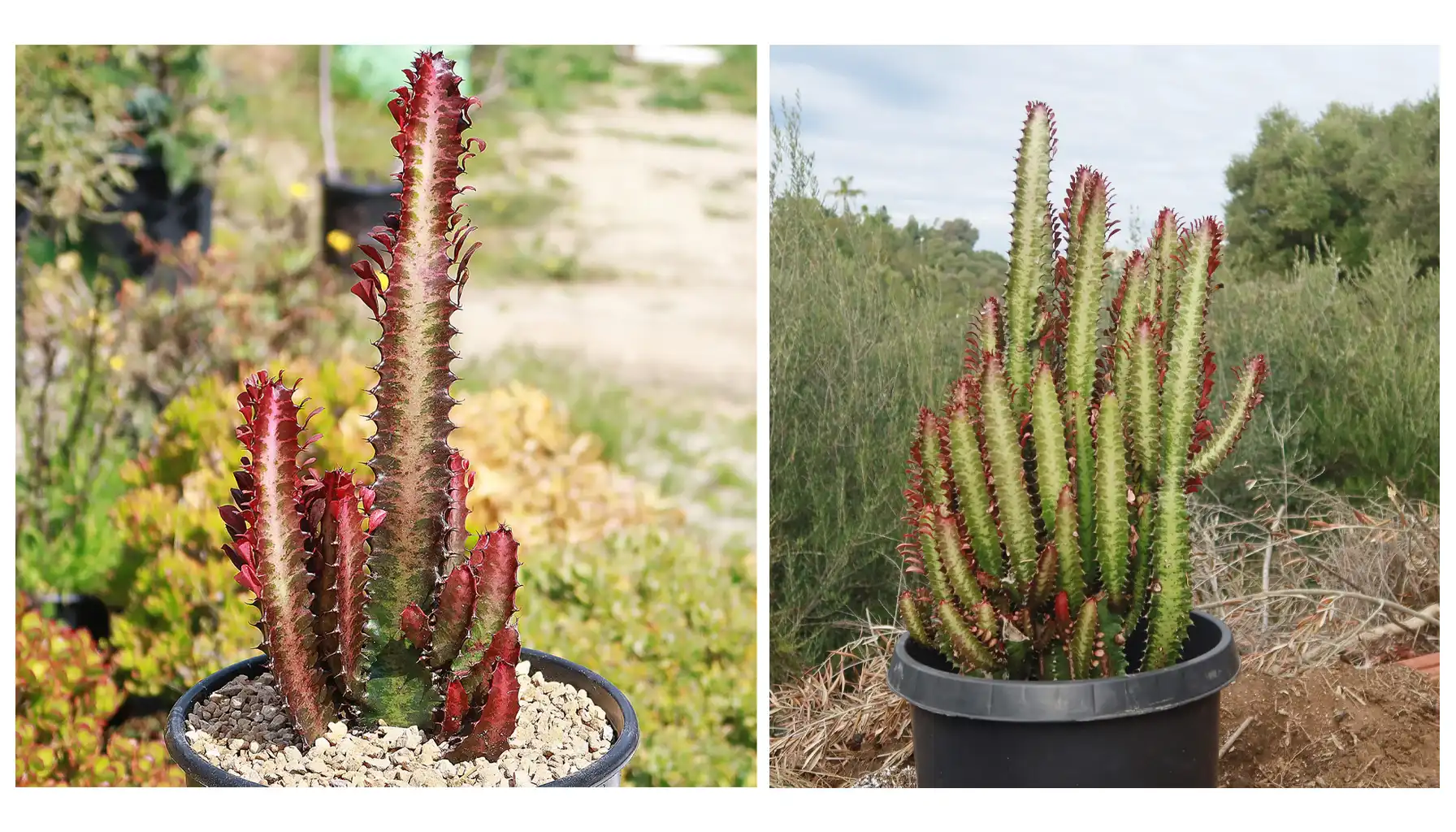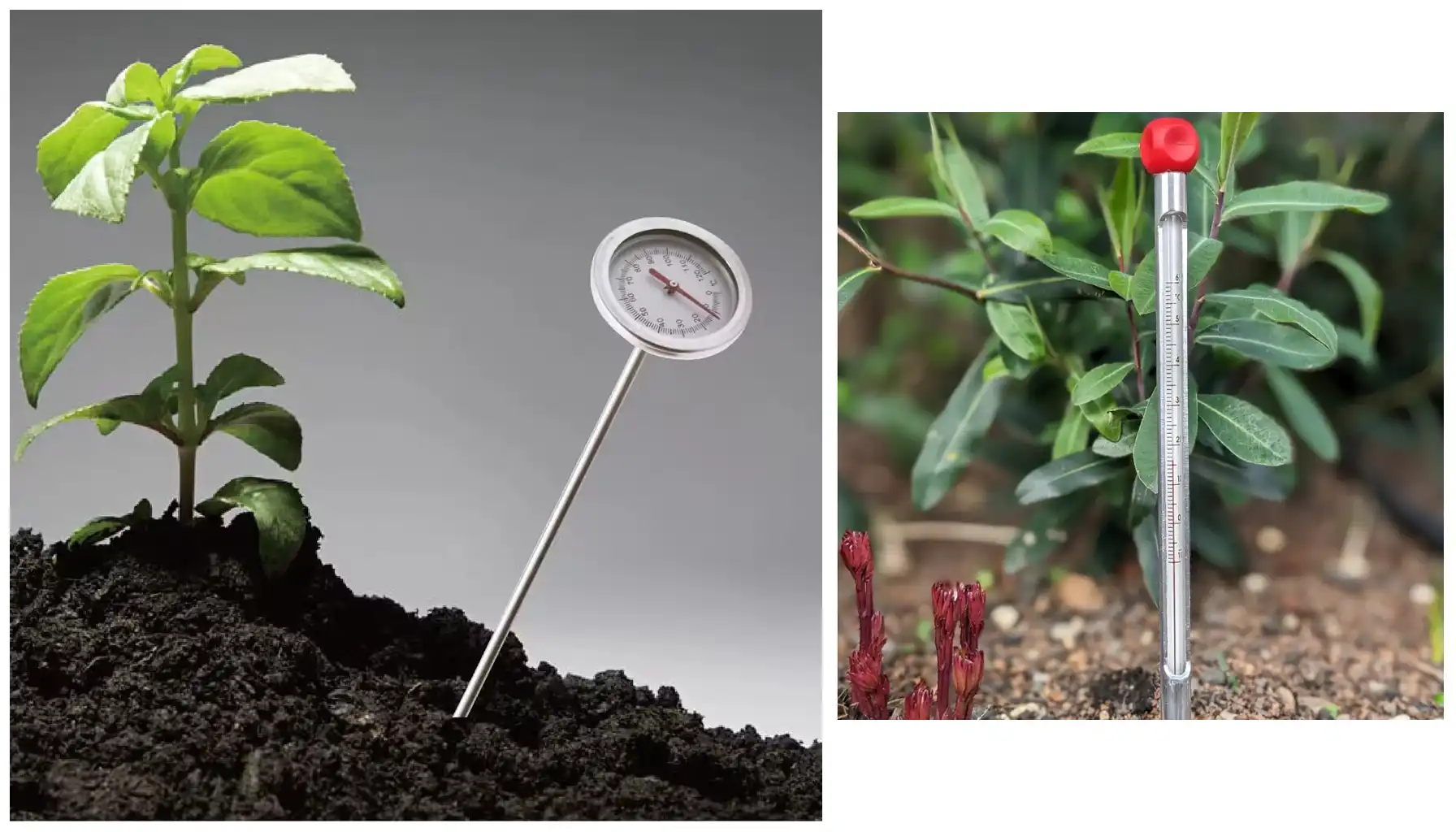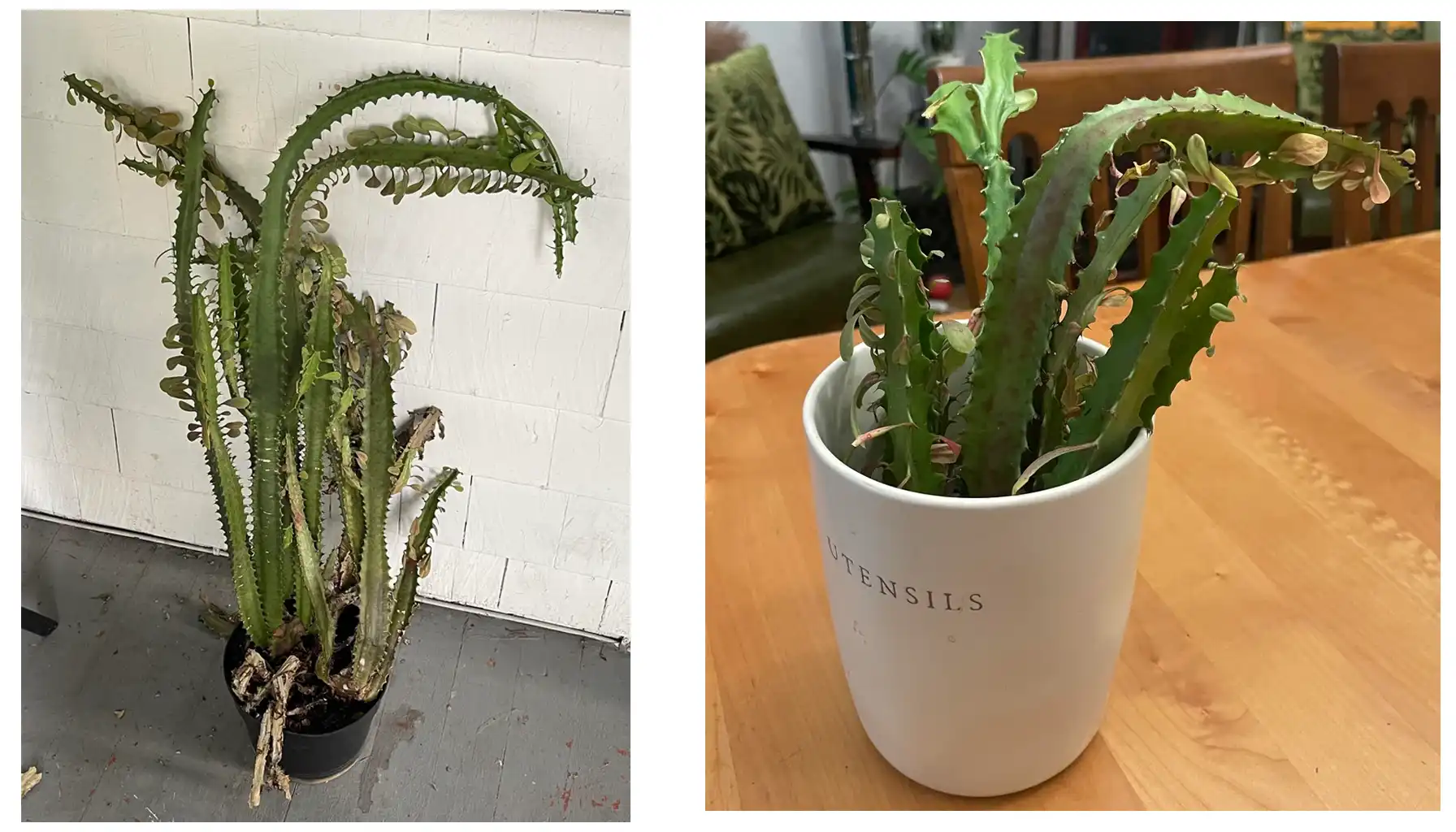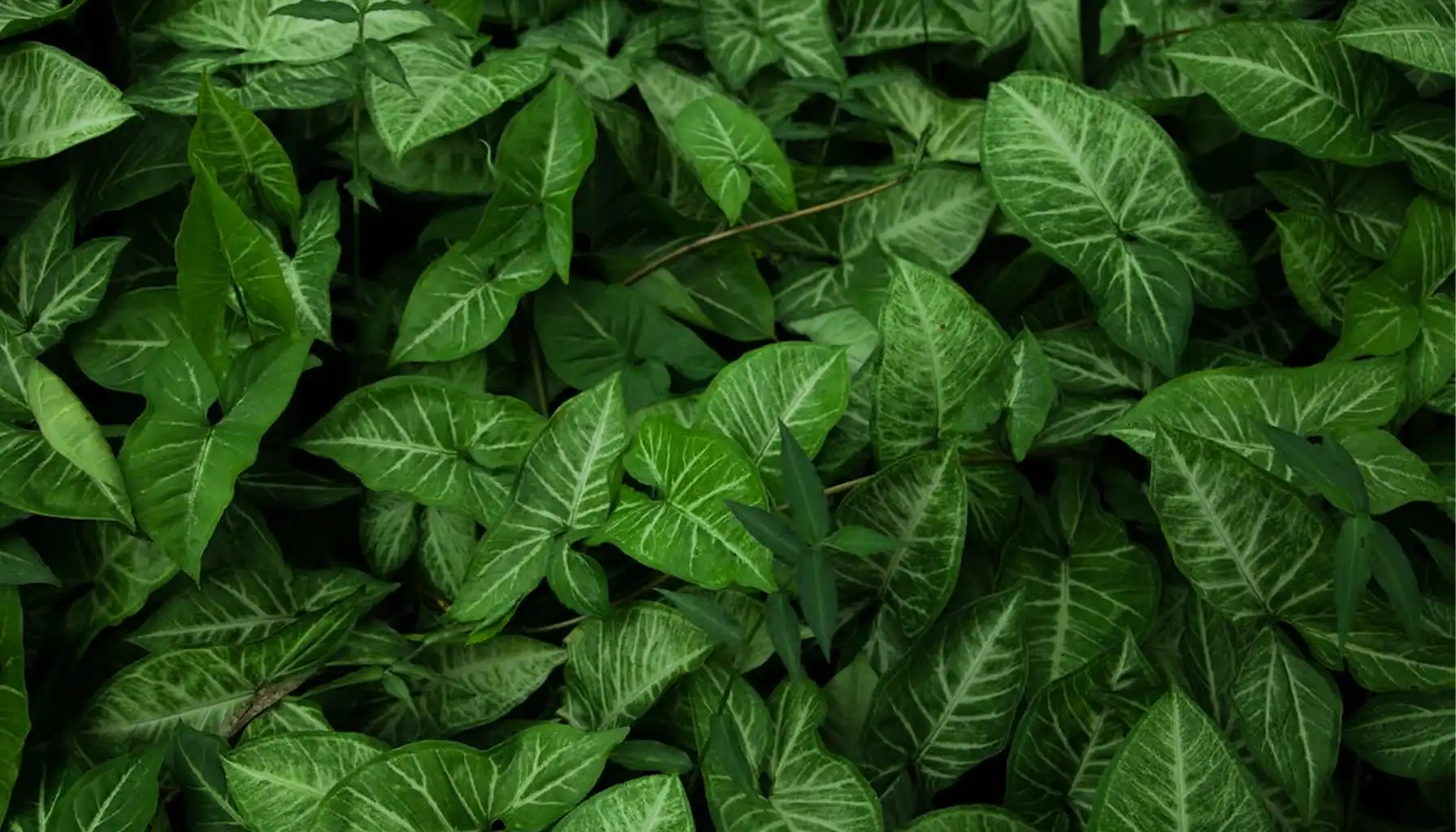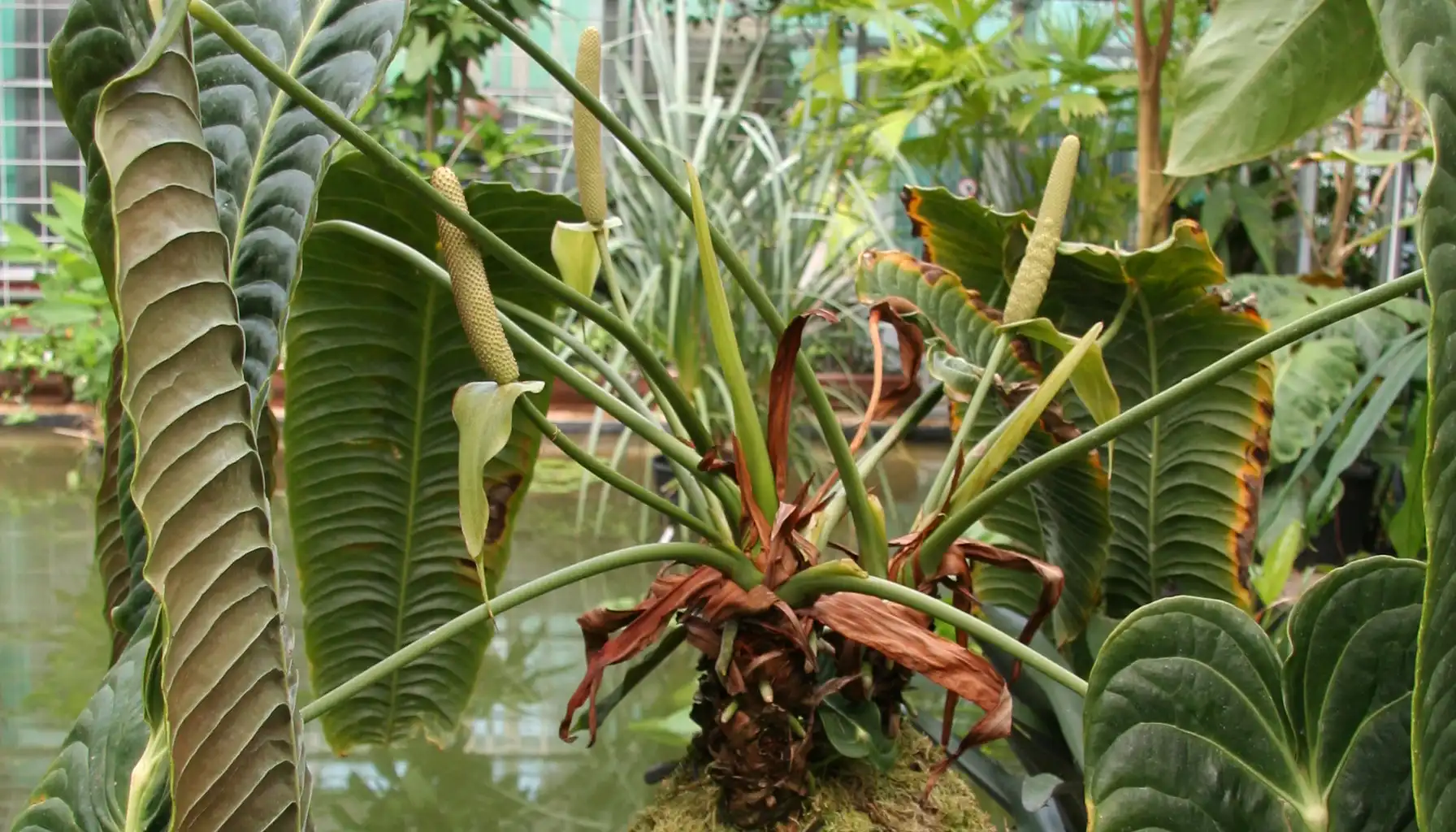It’s not every day that you see a tee that can give milk. A unique plant requires a unique kind of care.
How often should you water the Milk tree? Can you drink its milk? The answers to these questions and much more are in this article.
Use a free plant identifier, and learn every flower’s and tree’s name.
About African Milk Tree Plant
First and foremost, the African Milk Tree (Euphorbia trigona) is not even a tree. It’s a succulent (but not a cactus). This plant is really a member of the Spurge family (Euphorbiaceae).
The other names of this plant are more accurate: Cathedral Cactus and Good Luck Cactus.
As for the “Milk” part, it’s not exactly milk. Rather, this plant produces white, latex-like sap, which is toxic and can cause skin irritation.
Euphorbia African Milk Tree Overview |
Feature | Details |
Origin | Central Africa, especially regions with warm, semi-arid climates |
Type | Succulent shrub |
Size | Typically 4–6 feet (1.2–1.8 m) indoors, but can reach 8 feet (2.5 m) with time |
Life span | Long-lived perennial. Can thrive for decades in proper conditions |
Leaf Colors | Small, oval leaves in bright to deep green; stems are green with lighter patterns, and spines are reddish-brown |
Flowers | Extremely tiny in varying colours. African Milk tree flowers bloom rarely |
Propagation | Propagated from stem cuttings |
Toxicity | Toxic (via sap) |
Special Features | Extremely drought-tolerant and low-maintenance |
African Milk Tree Care
Like many succulents, this plant is extremely resilient. You won't have to waste much time or energy to help the African Milk tree bloom.
Water Requirements
Water this flora sparingly. The soil should dry completely between waterings. In spring and summer, water every 2–3 weeks. In autumn and winter, water once a month or less.
Avoid overwatering to prevent root rot. Any African milk tree in the wild or indoors evolved to survive long dry periods, but they are defenseless when they get too much water, and soon start getting mushy and rotting.
Light Requirements
Milk Tree needs bright, indirect light. It can take direct morning sun, but direct light at noon is not advised. The plant can tolerate full sun if introduced gradually, but scorching still may happen. Even cacti can get scorched.
Beware low-light spots! Low light causes weak, leggy growth, and this kind of flora gets very weak in low light.
Temperature Requirements
As this flora originates from Africa, it can tolerate a lot of heat and not much cold. It prefers 65–85°F (18–29°C). Keep it in a spot above 50°F (10°C).
Soil Requirements
Use a well-draining cactus or succulent mix. A blend of potting soil with sand or perlite works well, too.
Avoid heavy, water-retentive soils, as they cause overwatering and lead to rot.
Fertilizer Requirements
Feed this plane monthly in spring and summer with a diluted cactus or succulent fertilizer. No feeding is needed in fall or winter, as this flora barrel grows during colder seasons.
African Milk Tree Problems
Even the sturdiest plant may need your help. This will be the list of common problems and ways to prevent them.
1. Root Rot. Extremely common problem for succulent-natured plants like Hoya and Milk Tree. Caused by overwatering or poorly draining soil. Root rot has symptoms like yellowing leaves and mushy stems at the base. You should let the soil dry completely between waterings and use a well-draining cactus/succulent mix.
2. Leaf Drop. Caused sudden changes in light, temperature, or watering schedule; also normal during seasonal changes. Identified by leaves falling off, usually starting from the bottom. To prevent leaf drop, avoid moving the plant often and water it consistently.
3. Sunburn. Caused by moving the plant directly into intense sun without acclimation. You will see white or brown scorched patches on stems. To prevent this problem, introduce full sun gradually over 1–2 weeks.
4. Pests. Common culprits are mealybugs, spider mites, and scale insects. When you see white cottony clusters (mealybugs), fine webbing (spider mites), or brown shell-like bumps (scale), it’s a sign of pests. For pest control, wipe the bugs away with an alcohol-dipped cotton swab, use insecticidal soap, or neem oil spray.
4. Misconception: Corking. Corking is a natural process of the plant developing a thicker, bark-like outer layer, primarily at the base of the stem. Sometimes people confuse it for a disease, but it’s a natural occurrence. Corking happens when the African Milk tree growth reaches the adulthood and makes the plant more hardy.
African Milk Tree Propagation
Propagation is a process by which a plant multiplies itself. Some, like Norfolk Pine and other trees, multiply by seeds. Cacti often multiply by “puppies”, small baby versions that grow around themselves.
Here’s where the African Milk Tree Cactus comes from. While many people confuse this plant with a cactus, it propagates differently, by stem cuttings.
How to propagate an African Milk tree? Just follow this guide.
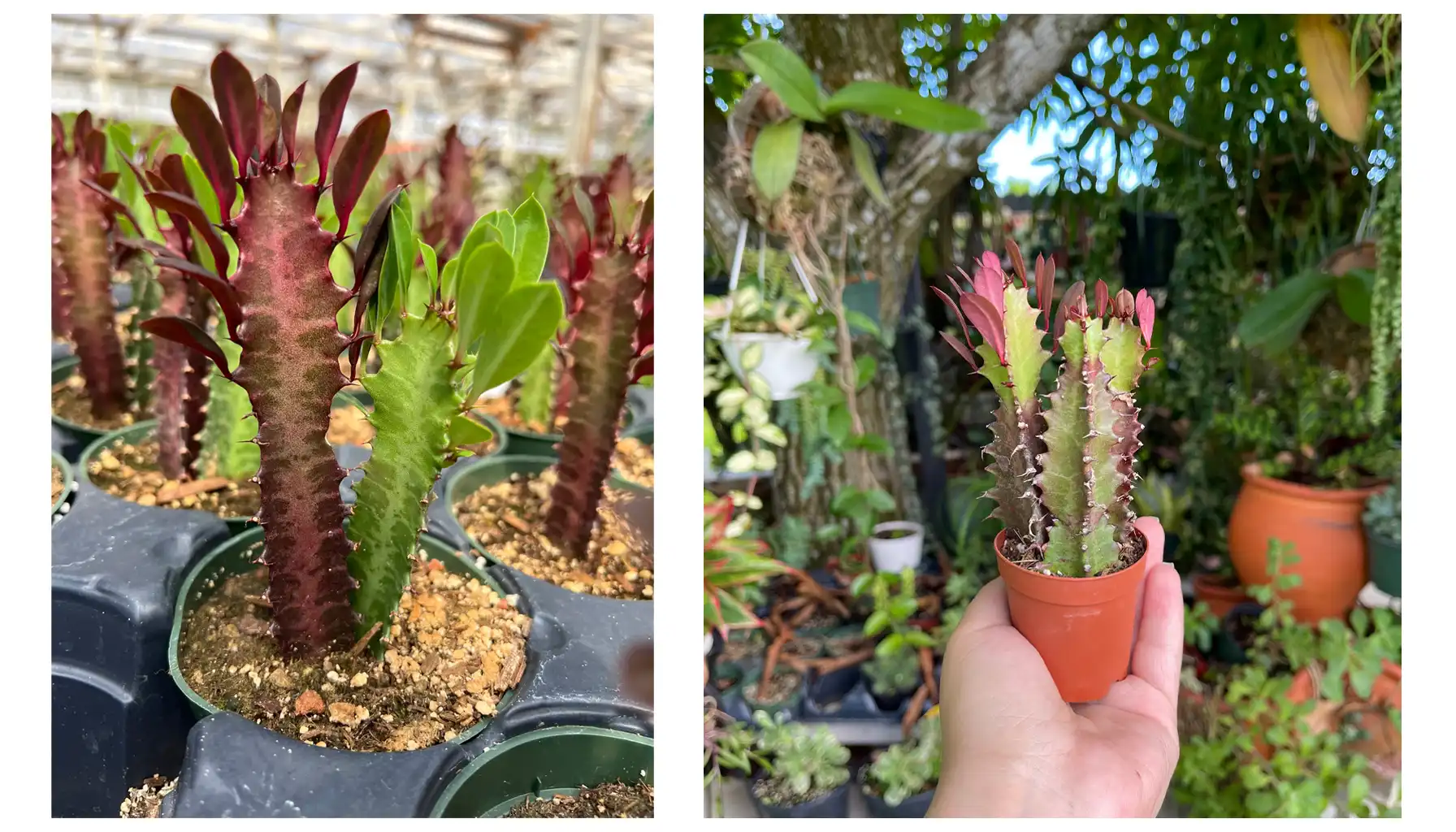
The best time for propagating an African Milk tree is spring or summer, when the plant is actively growing. Prepare tools: clean, sharp pruning shears or a knife. Wear gloves and eye protection (the milky sap is toxic and irritating).
Take the cutting: Select a healthy stem segment and cut it at the base. A piece about 6–8 inches long is ideal. While you're cutting, mind the sap. The milky sap should stop flowing when you make the next cut. You can rinse the cut end in cold water to slow it down.
Let the cutting dry: Place the cutting in a dry, shaded spot for 3–5 days until the cut end forms a dry, protective callous. This prevents rot.
Plant the cutting: Use a small pot with drainage holes and a dry, well-draining cactus or succulent mix. Insert the calloused end into the soil about 1–2 inches deep. Do not water it immediately. Wait about a week before lightly watering.
Keep the cutting growing. Keep the cutting in bright, indirect light until you see new leaf growth, a sign that roots are established. Once rooted (usually 4–6 weeks), follow standard watering and care guidelines.
Pruning Guide
Pruning helps keep the shape of a plant sharp and manageable. Trees and bushes are usually the kind of flora that gets pruned, but even succulents like these need some pruning.
The best time for pruning is spring or early summer, during active growth. You will need sharp pruning shears or a knife. The process is very similar to stem cutting. The main difference is that you should cut unhealthy stems.
Cut stems cleanly at the desired point using sterilized shears. Milky sap will start pouring from the cuts, and you should let the sap pour out or wipe it. You can rinse cuts under cool water to slow sap flow.
Let the cut ends callous naturally. No need to cover them.
Discard trimmings safely or use healthy pieces for propagation after letting them dry for several days.
For aftercare, keep the plant in bright, indirect light. Avoid watering for a few days after pruning to reduce the risk of rot. Monitor for pests or signs of infection at the cut points.
African Milk Tree Poison Risks
All parts of the plant contain a milky white latex sap, which is poisonous.
If people or pets (cats, dogs, etc) ingest the sap, they get drooling, vomiting, diarrhea, or mouth irritation.
Even touching the sap with bare skin causes skin irritation, redness, and a burning sensation. For this reason, you should handle this plant with gloves if you’re planning to cut it (touching the outer “skin” of the plant is safe).
If sap contacts skin, wash immediately with soap and water.
African Milk Tree Benefits
Maybe you can’t drink the milk, but there is a lot of good to this flora. Dieffenbachia is toxic too (even more toxic to some extent), but people also grow it indoors.
Here are the best benefits of keeping the African Tree.
Benefit | Description |
Low Maintenance | Needs minimal watering and general care, making it suitable for beginners. If you have a big garden, it’s easier to manage, as you need less time caring for these species. |
Air Purification | Helps improve indoor air quality by absorbing some pollutants. |
Longevity | Can live for decades when properly cared for. Saves money for new plants and gives you a sense of accomplishment. |
Architectural Aesthetic | Unique, ridged stems and small leaves provide a sculptural look. Some coloured varieties, like the Red African Milk tree, can add extra flair. |
Easy Propagation | Easily grown from cuttings, making it simple to share or expand your collection. |
AI Plant Finder
Are you a gardener? A plant lover? Perhaps someone driven by curiosity. The AI Plant Finder app can help you with these functions:
Plant Identification: The app uses AI to identify plants, flowers, succulents, and trees from a photo. The database is expansive and holds over 300,000 plant species.
Disease Diagnosis: The app offers instant insights into plant health, identifying potential diseases and suggesting treatment options.
Care Guidance & Reminders: The platform provides detailed care instructions (watering, light, fertilization, etc.) and sends smart reminders to help manage plant care routines.
The app is compatible with iOS and Android devices.
Related AI Plant Finder Posts
